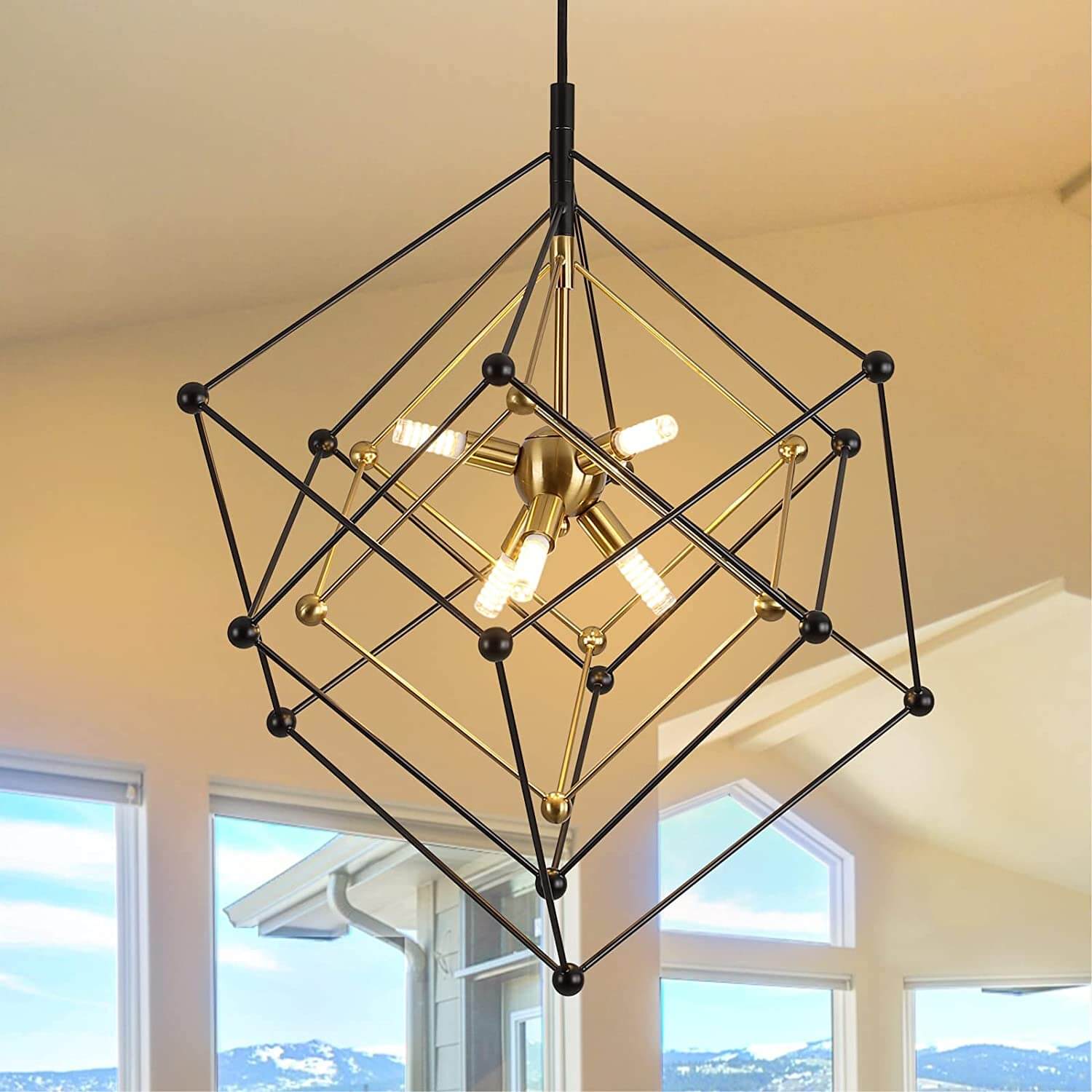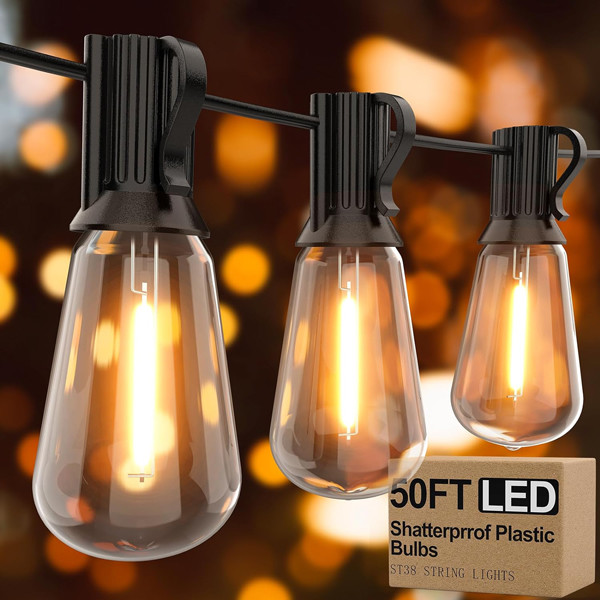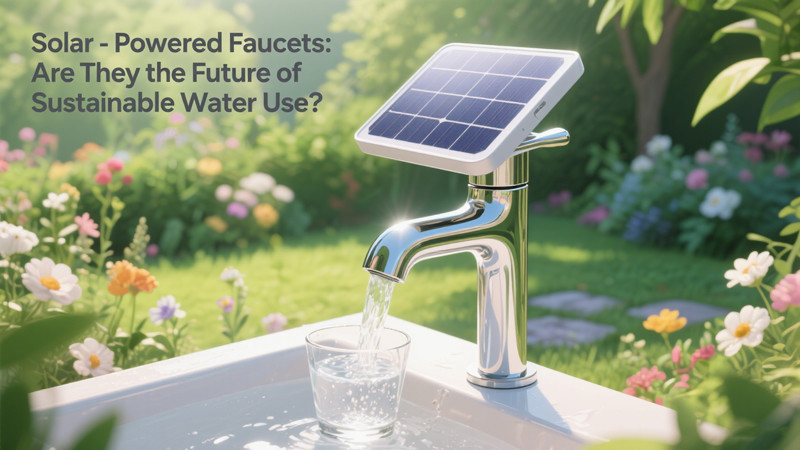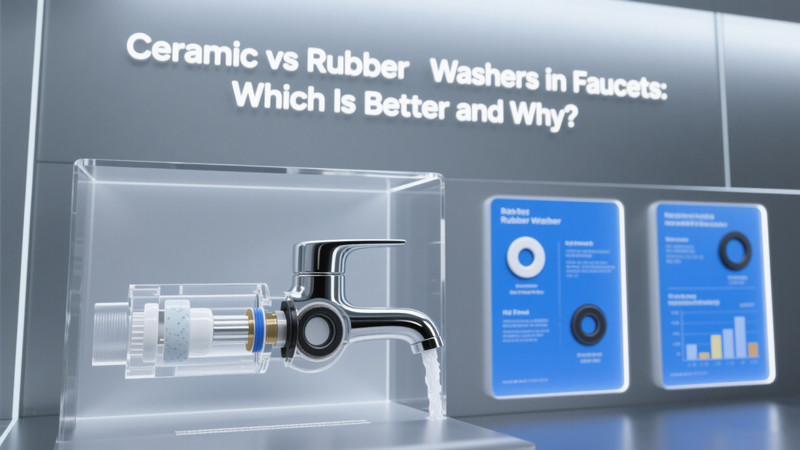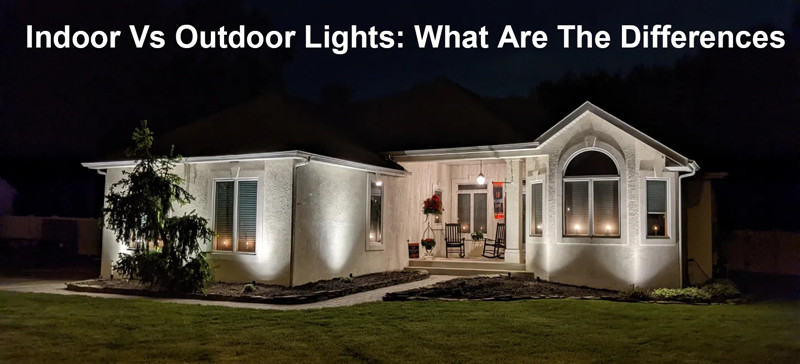
Lighting plays a crucial role in our lives, not only for functionality but also for ambiance and aesthetics. When it comes to lighting choices, the debate between indoor and outdoor lights often arises. Both serve distinct purposes and come with their own set of considerations. In this exploration, we delve into the differences, advantages, and applications of indoor vs outdoor lights, shedding light on the factors that influence our choices.
Indoor Lighting
Indoor lighting serves various purposes beyond mere illumination. It sets the mood, enhances decor, and aids in tasks. From ambient lighting to task lighting and accent lighting, indoor lighting encompasses a wide range of fixtures and designs tailored to specific needs.
Ambient lighting, also known as general lighting, provides overall illumination to a room. It can come from ceiling-mounted fixtures, chandeliers, or even recessed lights. The aim is to create a comfortable level of brightness throughout the space.
Task lighting focuses on illuminating specific areas where activities such as reading, cooking, or working take place. Desk lamps, under-cabinet lights in kitchens, and vanity lights in bathrooms are examples of task lighting fixtures designed to provide adequate illumination for particular tasks.
Accent lighting adds drama and visual interest by highlighting architectural features, artwork, or decor elements. Track lighting, wall sconces, and picture lights are commonly used for accent lighting, allowing for creative expression and focal points within a room.
One of the primary considerations for indoor lighting is color temperature, measured in Kelvin (K). Warmer color temperatures (below 3000K) emit a cozy, inviting glow suitable for living areas and bedrooms, while cooler temperatures (above 4000K) provide crisp, energizing light ideal for task-oriented spaces like kitchens and offices.
Outdoor Lighting
Outdoor lighting serves multiple purposes, from enhancing security and safety to extending the use of outdoor spaces and accentuating landscaping features. Unlike indoor lighting, outdoor fixtures must withstand harsh weather conditions while providing adequate illumination.
Security lighting is crucial for deterring intruders and illuminating dark areas around the exterior of a property. Motion-activated floodlights, wall-mounted fixtures, and pathway lights help improve visibility and create a sense of safety.
Architectural lighting highlights the beauty and structure of buildings, monuments, and outdoor spaces. Well-placed spotlights, uplights, and wall washers can transform the appearance of a structure at night, adding depth and dimension to its design.
Landscape lighting adds charm and ambiance to outdoor environments by illuminating gardens, pathways, trees, and water features. Subtle accent lights, pathway markers, and LED strips create visual interest while improving navigation and highlighting focal points in the landscape.
Unlike indoor lighting, outdoor fixtures require weather-resistant materials and proper installation to withstand exposure to rain, snow, UV rays, and fluctuating temperatures. LED technology has become increasingly popular for outdoor lighting due to its energy efficiency, durability, and versatility.
Indoor Vs Outdoor Lights: What Are The Differences
Environmental Considerations:
Indoor lighting fixtures are designed for controlled environments with minimal exposure to external elements such as moisture, dust, and extreme temperatures. They typically utilize materials that prioritize aesthetics and functionality over weather resistance.
Outdoor lighting fixtures, on the other hand, are subjected to harsher conditions and must withstand exposure to rain, snow, UV rays, and fluctuating temperatures. As a result, they are constructed with durable, weather-resistant materials such as aluminum, stainless steel, and tempered glass to ensure longevity and performance.
Lighting Intensity and Direction:
Indoor lighting is primarily focused on creating a comfortable and inviting ambiance while providing adequate illumination for various tasks and activities. As a result, indoor fixtures often emit softer, diffused light with adjustable intensity levels to accommodate different lighting needs.
Outdoor lighting serves a dual purpose of enhancing visibility and security while accentuating architectural features and landscaping elements. Outdoor fixtures are designed to emit brighter, more focused light with specific beam angles and directionality to minimize glare and light pollution while maximizing visibility and aesthetic appeal.
Lighting Control and Automation:
Indoor lighting systems often incorporate advanced controls such as dimmers, timers, and smart lighting technologies that allow users to adjust brightness levels, create custom lighting scenes, and automate lighting schedules based on occupancy and time of day.
Outdoor lighting control options may include motion sensors, photocells, and remote control capabilities to activate lights in response to motion, ambient light levels, or user commands. These features enhance energy efficiency, security, and convenience by minimizing unnecessary illumination and providing flexibility in lighting management.
Fixture Design and Style:
Indoor lighting fixtures come in a wide variety of styles, sizes, and designs to complement different interior aesthetics and decor themes. From classic chandeliers and pendant lights to modern recessed fixtures and track lighting systems, indoor fixtures offer versatility and creativity in design options.
Outdoor lighting fixtures are designed to blend seamlessly with outdoor environments while enhancing architectural features and landscaping elements. Common outdoor fixture styles include lanterns, wall sconces, bollards, and pathway lights, available in traditional, contemporary, and rustic designs to suit various outdoor settings and preferences.
Energy Efficiency and Sustainability:
Indoor lighting fixtures have evolved to incorporate energy-efficient technologies such as LED, CFL, and halogen lamps, which consume less energy and have longer lifespans compared to traditional incandescent bulbs. Energy-efficient indoor lighting solutions help reduce electricity costs and minimize environmental impact.
Outdoor lighting fixtures also benefit from energy-efficient lighting technologies, with LED lighting becoming the preferred choice for outdoor applications due to its high efficiency, durability, and versatility. LED outdoor fixtures consume less energy, require fewer replacements, and contribute to lower carbon emissions, making them a sustainable lighting solution for outdoor spaces.
By considering these key differences in environmental considerations, lighting intensity and direction, control options, fixture design and style, and energy efficiency, individuals can make informed decisions when selecting indoor and outdoor lighting solutions that meet their specific needs and preferences. Whether enhancing interior spaces for comfort and functionality or illuminating outdoor environments for safety and aesthetics, choosing the right lighting fixtures and designs is essential for creating well-lit and visually appealing spaces.
Considerations and Applications
When choosing between indoor and outdoor lighting, several factors come into play, including functionality, aesthetics, energy efficiency, and budget. Understanding the specific requirements of each space is essential for selecting the right fixtures and lighting designs.
In indoor spaces, consider the activities that take place and the desired ambiance. Layering different types of lighting can create depth and flexibility, allowing for versatility in illumination. Additionally, integrating dimmers and smart lighting controls provides further customization and energy savings.
For outdoor spaces, assess the desired uses and objectives, whether it’s enhancing security, accentuating landscaping, or extending outdoor living areas. Pay attention to the placement of fixtures to avoid glare and light pollution while maximizing visual impact and efficiency.
Conclusion
Indoor and outdoor lighting serve distinct purposes and come with their own set of considerations and applications. While indoor lighting focuses on ambiance, functionality, and decor, outdoor lighting prioritizes security, safety, and enhancing outdoor environments. By understanding the specific requirements of each space and considering factors such as functionality, aesthetics, energy efficiency, and budget, individuals can make informed decisions when selecting lighting fixtures and designs for both indoor and outdoor settings. Ultimately, striking the right balance between form and function ensures that spaces are illuminated effectively while enhancing their visual appeal and functionality.
 WOWOW Faucets
WOWOW Faucets